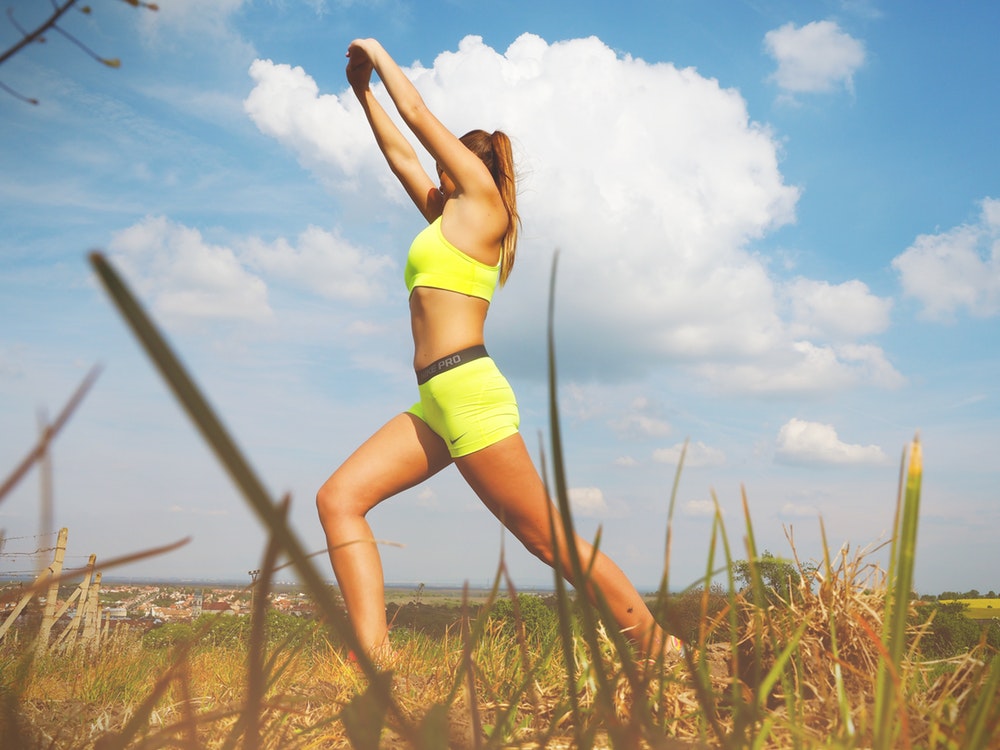What is Sciatica?
The sciatic nerve, which is associated with sciatica pain, is the widest and longest nerve in the bodies of humans and other animals. Running from the lower back through the buttock and leg, it has several other nerves branching out from it, and connects the nervous system for nearly all of the muscles in the back of the thigh, leg, and foot, as well as the skin of the leg. Generally, anything that causes irritation of or pressure on the sciatic nerve can result in sciatica symptoms, including bulging or herniated disks, trauma, poor posture, lack of muscle tone, and degeneration of disks or of the spine itself.
Relieving sciatica symptoms (sciatica is not actually a condition, but rather a term used to describe the symptoms associated with sciatic nerve irritation), usually requires the alleviation of the pressure or irritation, followed by a healing period. Many types of drugs may be prescribed for the pain, including anti-convulsants, anti-depressants, anti-inflammatories, pain relievers, etc., but they often simply mask the symptoms, allowing them to return in full when the medication wears off. The same is true for most over-the-counter and herbal remedies, since the root of the problem isn’t being addressed. Surgery is an extreme solution which most prefer to avoid if at all possible for many reasons, including the expense and amount of healing time required. Bed rest can actually make sciatica worse, as can over-exertion and sitting for long periods of time, so experts recommend maintaining a moderate activity level even if experiencing sciatica symptoms.
When people prefer alternative treatments to drugs and surgery, there are options
Since drugs can be problematic with side effects, interactions, and other issues, and surgery is nobody’s favorite experience, many sciatica sufferers seek alternative forms of treatment. Some of these include (but are not limited to) acupuncture, acupressure, biofeedback, yoga, herbal medicine, and prevention. Since the root of sciatica appears to be related to the structure of the spine, disks, and muscles surrounding the nerve, prevention seems like the best option for starters.
Prevention
Preventative measures to avoid sciatica include maintaining a healthy weight through a balanced diet and moderate exercise, limiting overly processed foods and fast foods, and strengthening of the core muscles responsible for protecting the spine. Additionally, maintaining proper posture and ergonomics play an important role. Taking some time to learn the safest way to lift heavy objects, keeping the posture upright when sitting or standing for extended periods, and taking regular breaks from sitting for longer than an hour are all keys to prevention.
Acupunture
Acupuncture is an essential component of ancient traditional Chinese medicine (TCM). It is thought to restore the natural flow of energy throughout the body by manipulating the qi/chi (life energy, or vital life force) of the body’s meridians. Acupuncture uses thin needles to stimulate acupoints, or pressure points, in order to increase or decrease qi/chi to the responding of the body. There are no risks involved if conducted by a properly trained practitioner, and this treatment is very effective when used for pain management, but more than one session is usually required. Moxibustion is another form of acupuncture which applies heat to the acupoints in order to restore energy flow.
Acupressure
Acupressure is similar to acupuncture, as it uses the same anatomical meridian channels and pressure points with the restoration of healthy energy flow in mind. Although needles are not used, acupressure applies firm pressure to the acupoints with the fingers, thumbs, and possible elbows to stimulate energy flow to the responding body area. Very little can go wrong with these treatments when performed by a qualified practitioner, but like acupuncture, several sessions may be needed.
Yoga
Yoga is another way to relieve sciatica symptoms, since the poses and stretches can strengthen the muscles of the region while helping the sufferer learn breathing and meditation techniques along the way which assist in pain management. Some yoga poses are specifically helpful for sciatica symptoms, but sufferers should be sure to make instructors aware of their condition before attempting any class — and also make sure their instructor is properly trained and well-informed.
Biofeedback
Biofeedback is a therapy that teaches sufferers deep breathing techniques, visualizations, mental exercises and some physical movements in order to gain control over and alter their pain. Practitioners believe biofeedback can help people gain control over the heart rate, blood flow, and other processes. In addition to sciatica treatment, it can also be used for digestive disorders, high or low blood pressure, or even certain brain-related conditions like brain injuries, ADHD, depression, and PTSD.
*As with all my articles, please consult your physician before attempting these or any other health remedies, exercises, or diet strategies listed here.

